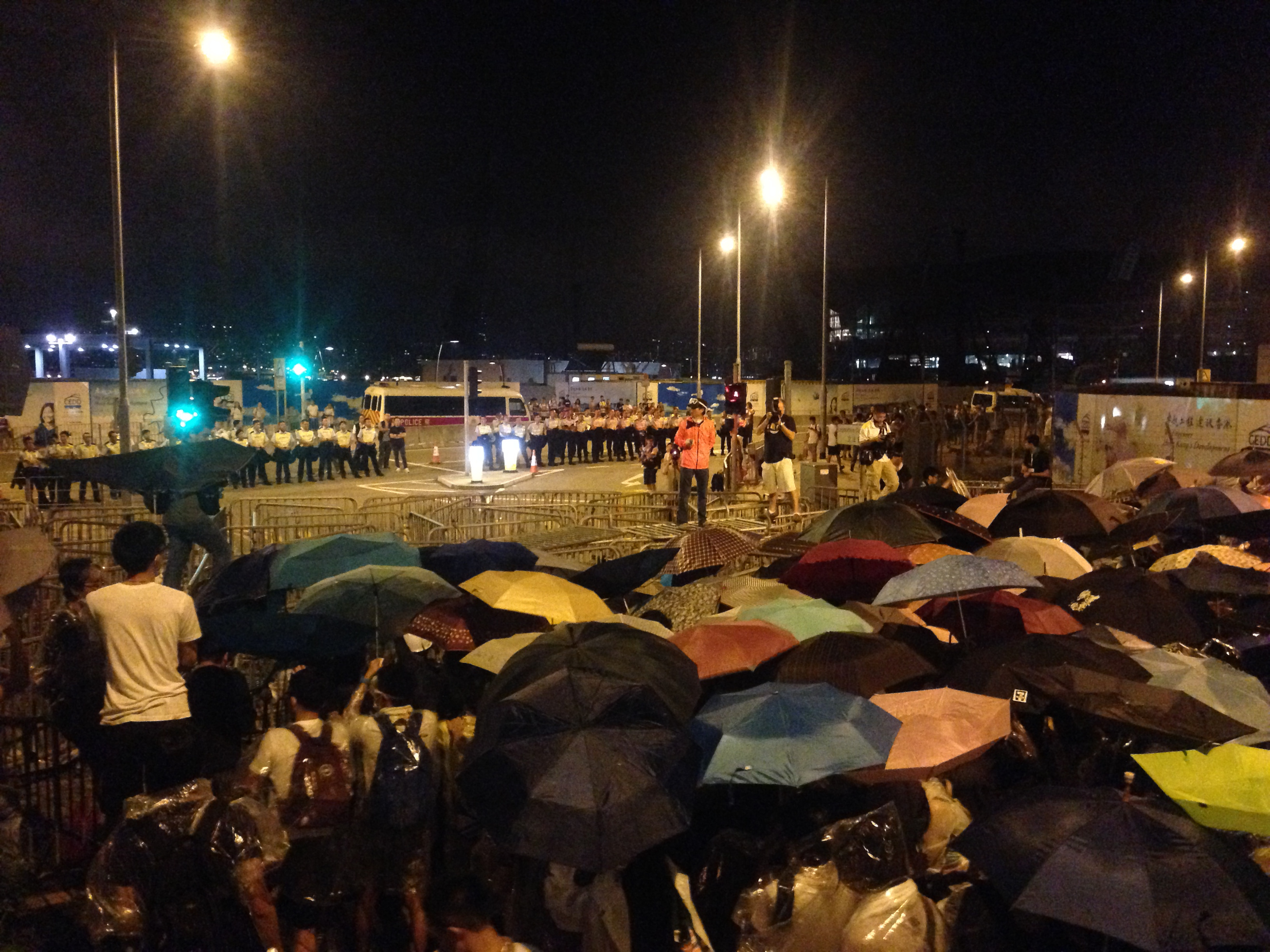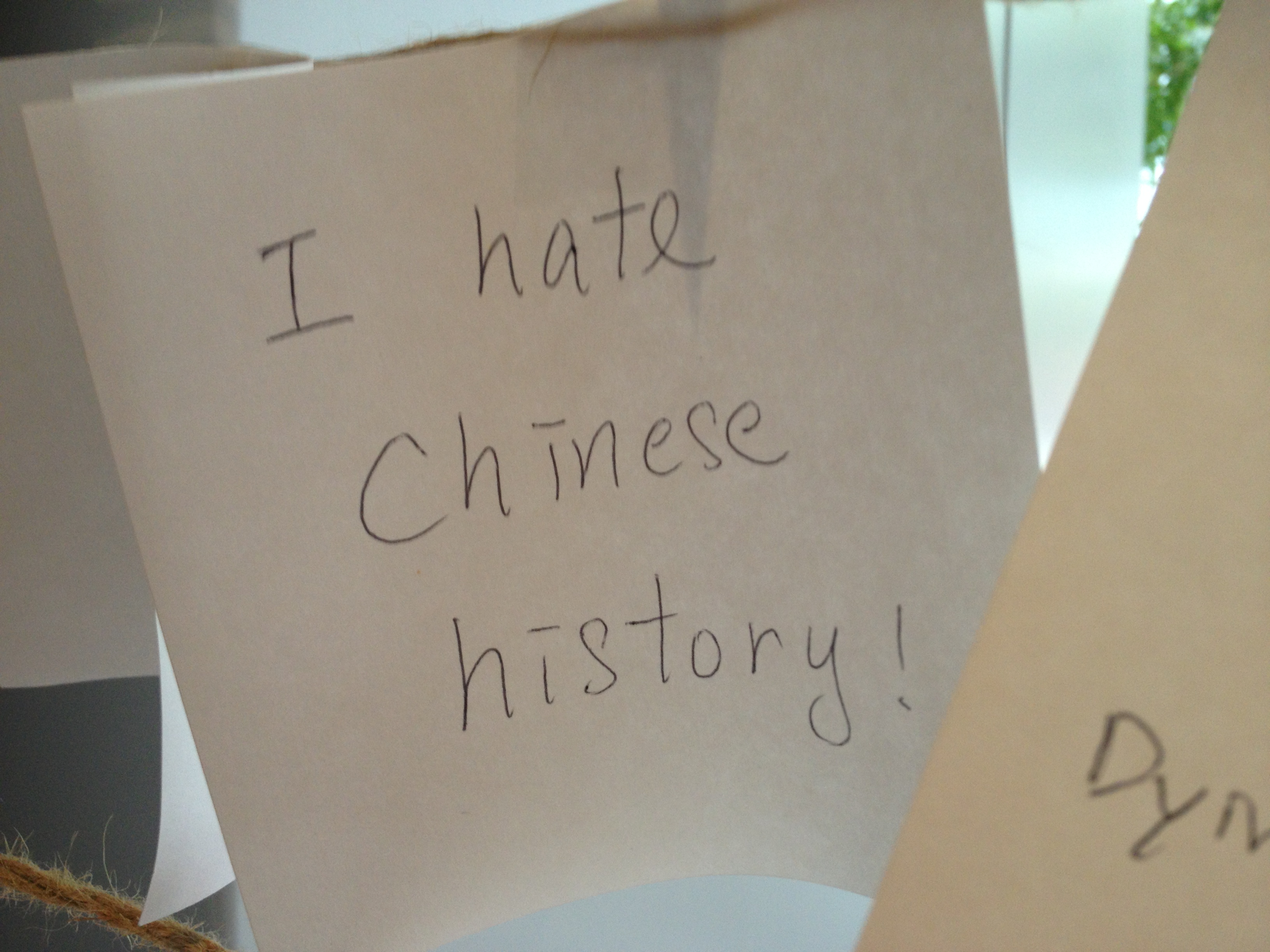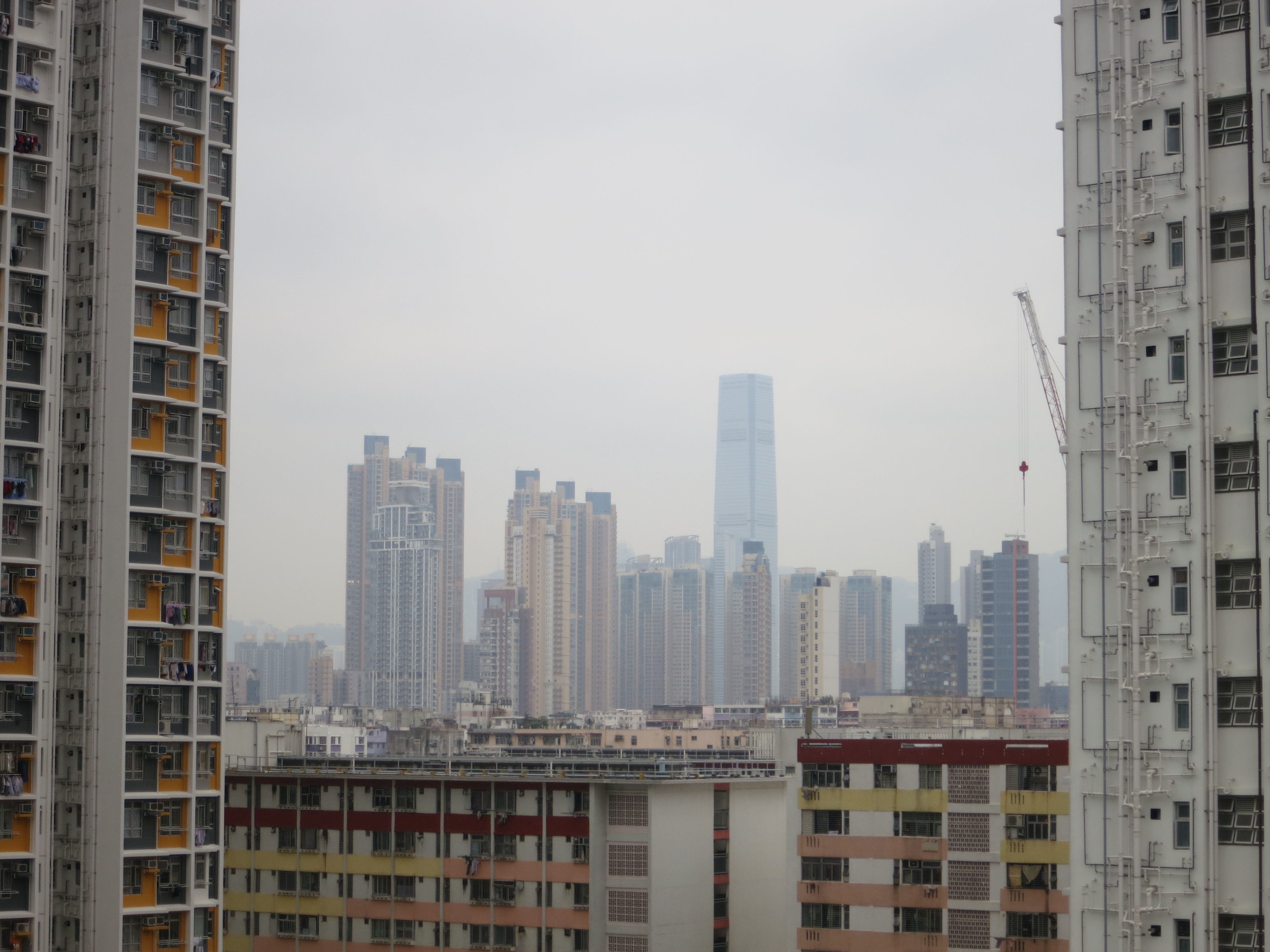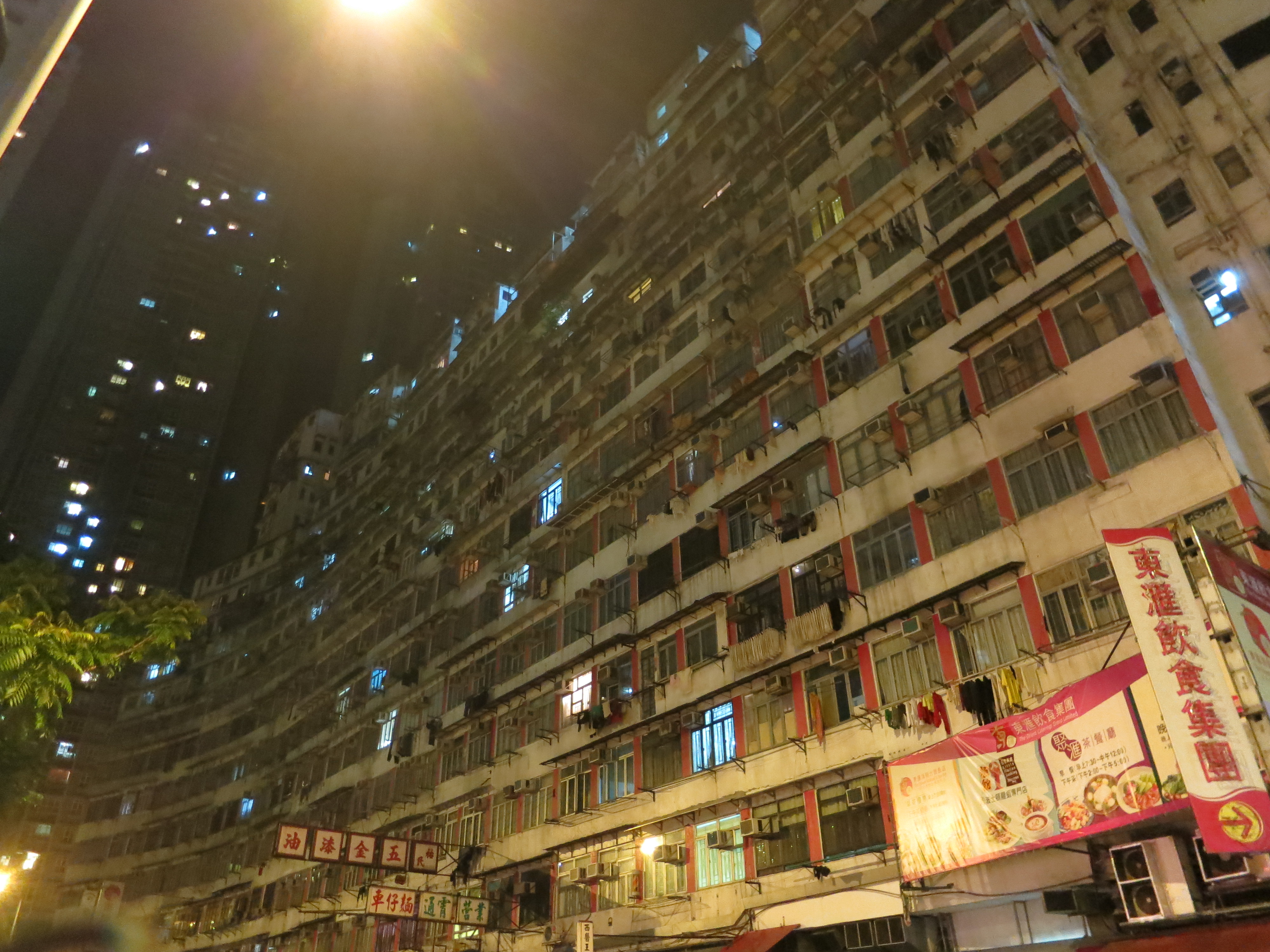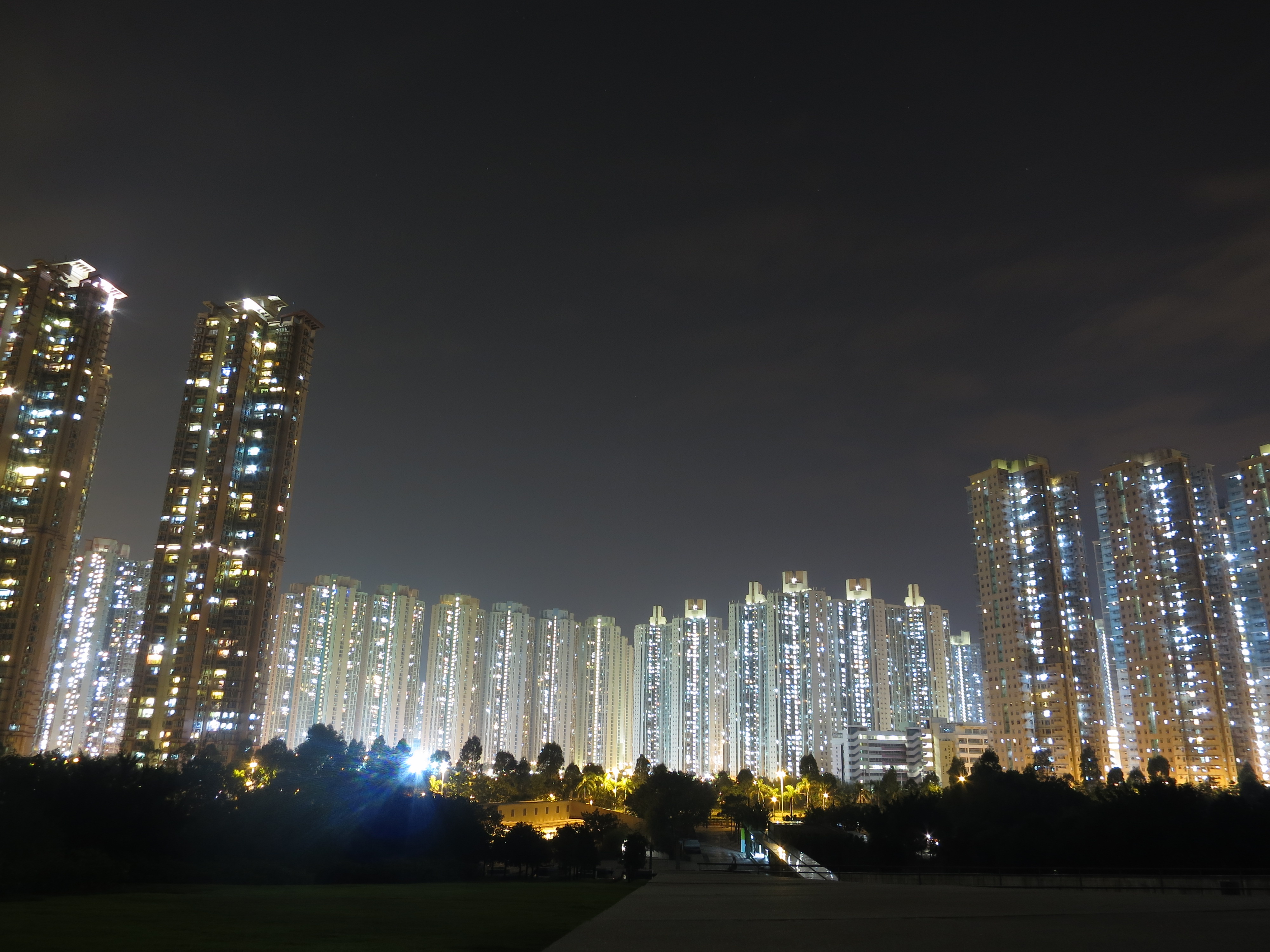The first tunnel underneath Victoria Harbour was only opened in 1972. The Eastern Crossing was added in 1989, the Western Crossing opened in 1997. For most of Hong Kong’s history, people have been commuting by ferries between the various office and residential centers around Hong Kong. Many of these ferry lines still exist and are delight to take. Some of these lines continue to be popular with locals and tourists, such as the Star Ferry, while others only have a small following to keep them afloat.
Thanks to the revival of one line discontinued in March 2011, it is possible to zigzag forth and back Victoria harbour in almost its entirety from Central to Lei Yue Mun in the east since June 2020. To maximize our pleasure ferrying between the stunning city scape, we will being our journey in Wan Chai:

